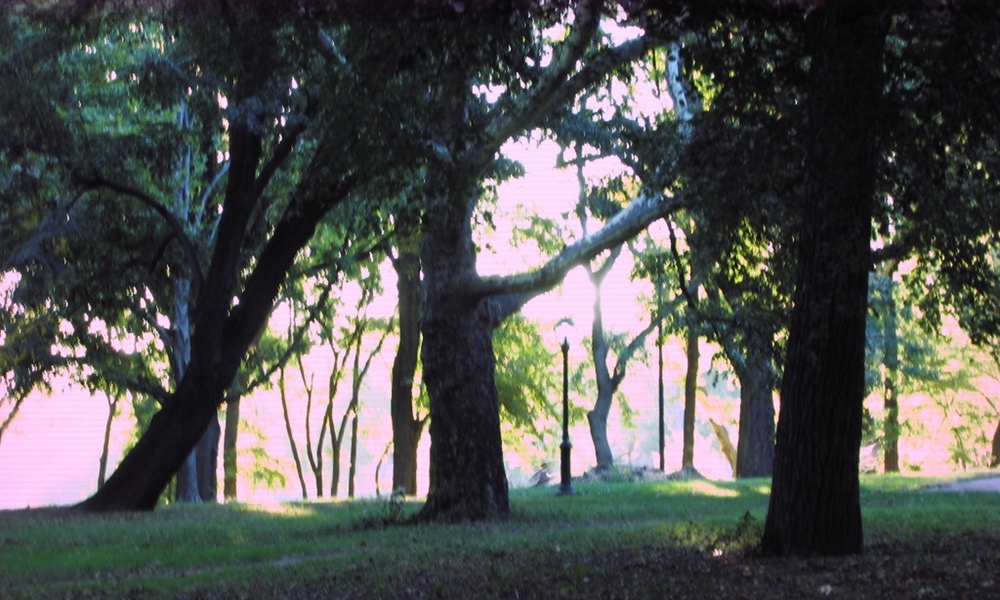Noise pollution is as real as chemical pollution, and our protected areas need more protection from noise. The bird's song that you could once hear from 100 feet away may no longer be audible until you are 50 feet away.
It may surprise some people that fully 14 percent of the United States is protected area. From the largest National Park to tiny picnic areas, these are places set aside primarily for nature that are all afforded some degree of protection from the insults of civilization.
But as a study published in Science makes clear, sound recordings show that even protected areas are becoming increasingly noisy.Added noise can easily distract a predator searching for prey or prey trying to avoid predators. Louder noises can interfere with mating cycles or even scare off wildlife altogether.
Most people visit protected areas to enjoy nature, not to hear the sounds of their fellow human beings. But it's the wildlife that many areas were set up to protect that may suffer the most. Added noise can easily distract a predator searching for prey or prey trying to avoid predators. Louder noises can interfere with mating cycles or even scare off wildlife altogether.
As bad as the increase in noise is, the good news is that ways to reduce human noise are already well-known. Most of the noise comes from roads, aircraft, human development and activities such as mining. There are many tools available to the people in charge of protected areas that can effectively lower noise. These include running shuttles that lessen traffic, instituting quiet zones and getting the flight patterns of airplanes that fly overhead changed.
Another encouraging finding is that areas that are supposed to have the strongest protections, such as large wilderness areas, tend to have the lowest noise levels, often close to natural levels.
The sights of nature, from the beauty of a sunset to the majesty of a mountain, have touched us all at some point in our life. As the lead author of the study, Rachel Buxton, a conservation biologist at Colorado State University, reminds us, nature is also filled with majestic sounds: “Next time you go for a walk in the woods, pay attention to the sounds you hear — the flow of a river, wind through the trees, singing birds, bugling elk. These acoustic resources are just as magnificent as visual ones, and deserve our protection.”





